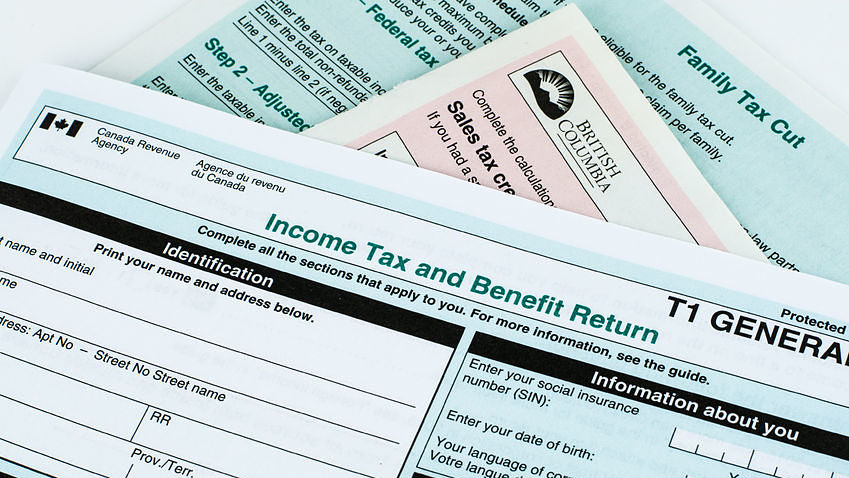
The Canada Revenue Agency (CRA) announced this week that it’s committing to responding more quickly to income tax objections and generally improving the objections process for taxpayers.
“The CRA is committed to providing timely information and services that meet the needs of Canadians,” says Diane Lebouthillier, minister of national revenue, in a statement. “Improvements to the objection process will give Canadians the certainty they need to make informed decisions about their taxes.”
On Wednesday, Lebouthillier tabled the federal government’s response to the House of Commons Standing Committee on Public Accounts’ report, entitled: Report 2, Income Tax Objections — Canada Revenue Agency, of the Fall 2016 reports of the Auditor General of Canada.
Specifically, the government states in the response that it has accepted the report’s nine recommendations, which were generally aimed at speeding up the process of resolving objections, reducing data errors in the processing of objections and tackling the CRA’s objections backlog.
The report had noted that the CRA had close to 172,000 objections outstanding, worth more than $18 billion in income taxes as of March 2016, according to Nancy Cheng, the assistant auditor general with the Office of the Auditor General of Canada, who met with the committee.
The CRA said that it had begun implementing a multi-phased action plan beginning last autumn to respond to delays in the processing of objections, which included publishing a new service standard for low-complexity objections (180 days, 80% of the time) and contacting taxpayers or their representatives within 30 days of receiving their low-complexity objections.
“The CRA recognizes the importance of resolving income tax objections in a timely manner and will continue to build on its progress to provide helpful and fair client-focused service to Canadians,” the agency said.
The report recommended that the CRA review its objection process; publish service standards for the resolution of low and medium-complexity objections on its website; provide the committee a clear target for the planned reduction of its inventory of outstanding objections; add controls to its systems and processes to reduce data error; and develop performance indicators that measure taxpayers’ overall satisfaction with its services and report the results, among other recommendations.
Photo copyright: minichka/123RF